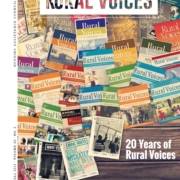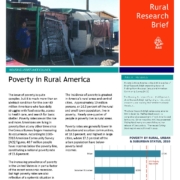What a Difference 20 Years Makes
This edition, “20 Years of Rural Voices,” highlights and revisits a selection of articles published over the past two decades.
View from Washington
Let’s Recommit to Rural America
by Congressman Bennie Thompson
Rep. Bennie Thompson challenges his colleagues in Congress to re-engage in the fight to keep successful federal rural housing programs alive.s
FEATURES
Self-Help Housing on the Pine Ridge Indian Reservation: Alive and Well
by Leslie Newman
There is more than one way to design a self-help housing program, and collaboration between community organizations helps.
Still Ticking After All These Years: Low-Income Housing Tax Credits in Washington State
by Kim Herman
Tax credits have remained important in rural Washington, financing the production of thousands of homes.
Rural Midwest Housing Remains Complex and Diverse
by Ann Ziebarth and Jeff Crump
Whether growing, stable, or declining, rural communities in the Midwest face challenges in providing housing for lowincome residents.
The Housing Trust Fund Movement Spans the Country
by Mary Brooks
State and local housing trust funds continue to offer flexible funding for affordable housing across the country, and a national fund has been created as well.
Where You Live Matters: Fair Housing is Still the Law and Even Stronger
by Shanna Smith
The Fair Housing Act has been law since 1968, and new developments in 2015 have strengthened it.
Reflections on Cushing Dolbeare and Eleven Years of Housing Change
by Sheila Crowley
Cushing Dolbeare founded the National Low Income Housing Coalition; her legacy guides the organization years after her death.
20 Years Do Make a Difference
by Joe Belden
Many things have changed since 1995, says a veteran rural houser, but rural housing needs and solutions have never been partisan issues, and should not be now.
Rural Voices would like to hear what you have to say about one, or all, of these issues. Please feel free to comment on this story by sending a tweet to #RuralVoicesMag discuss on the Rural Affordable Housing Group on LinkedIn, or on our Facebook page.

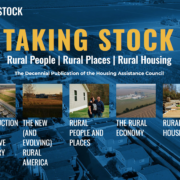
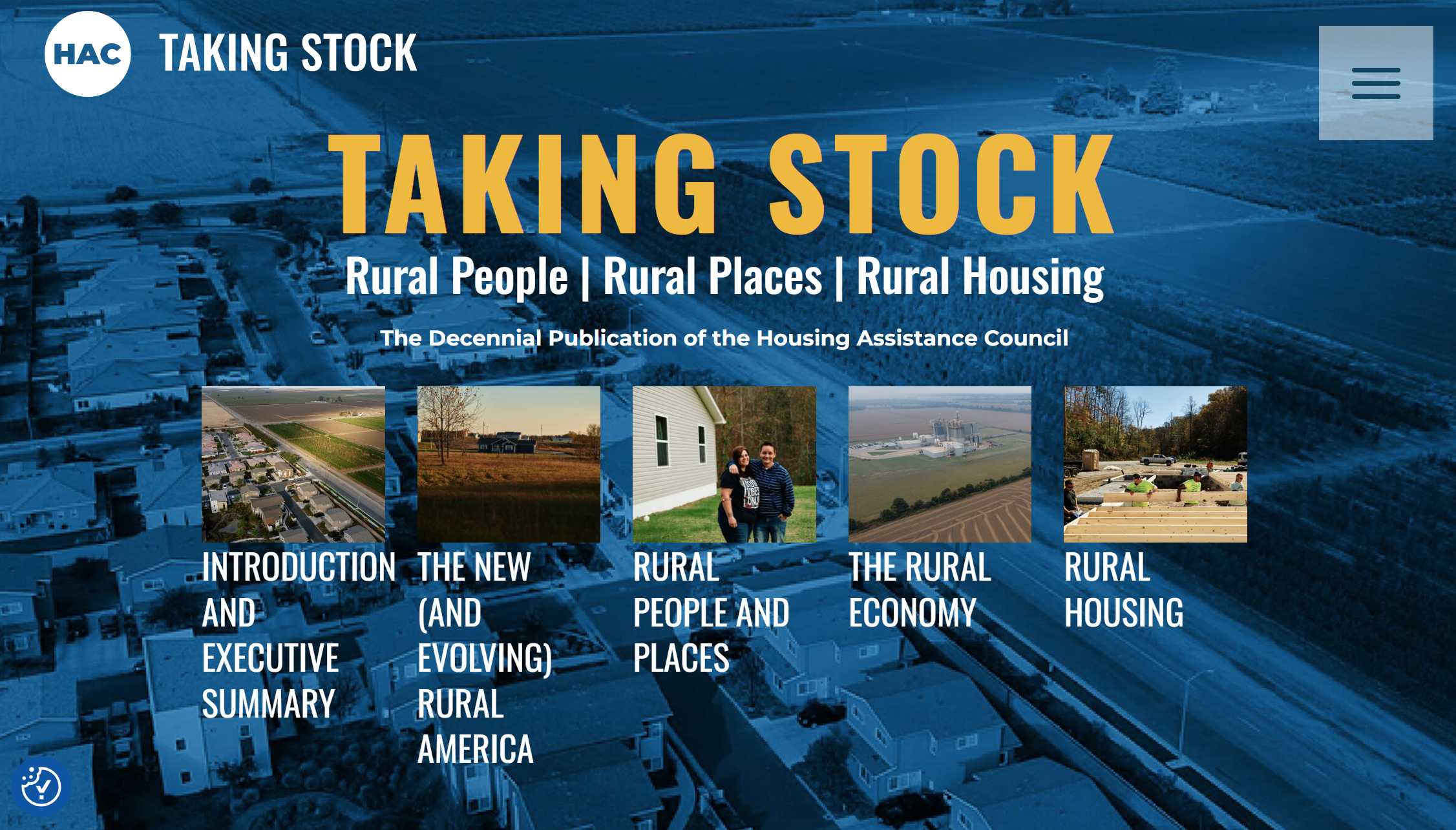
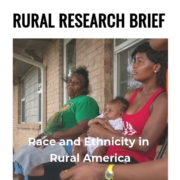 Housing Assistance Council
Housing Assistance Council